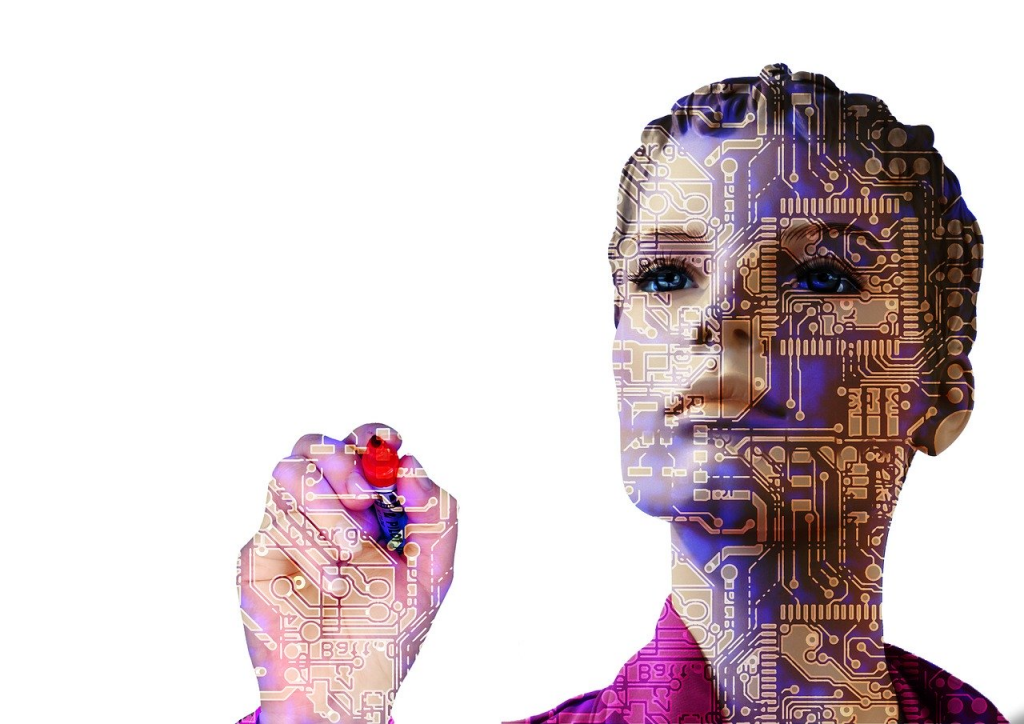Living during the fourth industrial revolution is nothing short of exciting. From the individual to the global scale, technology has completely transformed the way we go about daily life. As for the future, these are the top trends set to pave the way this 2020:
5G Deployment

The first generation of cellular network, which has become a fact of life, was first introduced in 1979. Today, the fifth generation network, or 5G, is finally gearing up for deployment. Most people are thinking that 5G is not that big of an upgrade from 4G LTE or even 3G. However, the amount of spectrum bands that 5G operates on — three, to be exact — make it a lot more advanced than earlier generations. You can expect download speeds of 100Mbps, upload speeds of 50Mbps, and lower latency that’s only 4 milliseconds ideally.
Simply put, it means a much faster wireless internet connection, but that’s hardly life-changing to the average person. However, experts predict that 5G will lead to more self-driving cars on the road. Autonomous vehicles like Google’s Waymo may finally be an everyday sighting on streets given that 5G can make vehicle-to-vehicle communication more streamlined. Faster internet speeds also mean increased efficiency for the private and public spheres, as well as smarter and more capable IoT devices.
Robotics in Healthcare

Robots are no longer the stuff science fiction movies are made of. The healthcare industry, among many others, is currently having a robotic takeover but in a good way.
One of the primary uses of a medical robot is assisting in technology, one of which is Mako Surgical’s knee replacement orthopedic robot. Its tasks range from transporting tools to ensuring precision in surgical procedures. These state-of-the art tools help in eliminating human error, which is critical in a matter of life and death. In addition, chatbots are becoming highly useful in understaffed healthcare facilities, while microbots are playing a role in disease detection, the first step to preventing or managing any illness.
3D Printed Electronics

3D printing has various applications in almost all industries including electronics. It’s on track to becoming an indispensable tool in the prototyping process of any product imaginable. Leading the way for all of these advancements are today’s generation of printed circuit boards (PCBs), which serve as the heart of each and every piece of electronics technology. Advancements in software have led to more intricate schematics editors that today’s designers can work with — as in the case of PCB designing program Protel, which was expanded to allow for working within a native 3D environment. This means that designers are more able to work more accurately and efficiently, testing and prototyping countless iterations of 3D PCBs on their computers even before the first layer of any 3D printed gadget is created.
After prototypes have been made comes the production phase. 3D printing can enhance the manufacturing phase of product prototypes, thereby speeding up the time-to-market of each electronic.
Human Augmentation

When people think of augmentation, they think it’s for cosmetic purposes only. In the future, human augmentation will be less focused on the aesthetics and more on functionality. Case in point: UK-based grad student Dani Clode engineered a prosthetic thumb controlled by Bluetooth-enabled pressure sensors. The added functionality of a third thumb may be small but it opened up a whole new conversation on human augmentation’s role in the future of labor.
Some experts believe that AI and robots will not be the dominant force, humans are. That is, ‘augmented’ humans. These additional assets can enhance our current skillset and enable us to complete more tasks. Having an extra set of hands, for example, means factory workers can essentially perform the job of two people. This might be far off into the future, but for now, a third thumb is groundbreaking innovation.
Quantum Computers
When it comes to technology, it’s not just about creating new tools. Advancing what’s already available is even more important like cellular networks. This is also the case for computers as tech giants like IBM and Google are focusing their efforts on building quantum computers. But what exactly do they do?
A quantum computer is essentially a more powerful version of a regular computer or even a supercomputer. Rather than bits, these computers use subatomic particles called qubits. These come with unique properties that enable stronger processing powers compared to bits. Quantum computing is currently being used by Google to upgrade the software of their self-driving cars. Meanwhile, some of IBM’s researches on quantum computing involve risk matrices for financial institutions and weather prediction. These tech giants have barely scratched the surface of what this futuristic technology can do, which makes development even more thrilling.
